You Were Holding It All Together Until You Weren’t
Work. Family. Aging parents. Teenagers. A changing body.
For years, you’ve been the one everyone relies on multitasking through deadlines, caregiving, and constant emotional labor. You’ve pushed through sleepless nights, hormonal shifts, and endless responsibilities because that’s what strong women do.
-
Then one day, something changes.
-
You wake up already exhausted.
-
Your patience feels thinner.
-
Your brain fog rolls in like weather you can’t predict.
-
Your body, once responsive to rest or routine, starts saying no more.
-
The calendar calls it midlife
-
Your brain calls it system overload.
-
This isn’t weakness. It’s biology and it’s trying to tell you something.
Cortisol: The Silent Saboteur of Midlife Balance
Cortisol is often misunderstood as the “stress hormone,” but it’s really your survival manager the hormone that helps you adapt to challenges, stay alert, and maintain energy under pressure. In short bursts, cortisol is your ally.
But here’s the problem: in modern midlife, the stress never really stops.
-
Emails after dinner.
-
Elder care before sunrise.
-
Hormonal changes adding invisible weight to every thought.
When cortisol remains elevated day after day, your body forgets how to turn it off. You enter a state of chronic stress activation the fight-or-flight mode that’s meant to be temporary becomes your new normal.
And when cortisol stays high for too long, it begins to sabotage the very systems it was meant to protect.
-
Sleep becomes shallow and disrupted.
-
Focus and short-term memory weaken.
-
Blood sugar and fat storage rise, especially around the midsection.
-
Mood swings intensify.
-
Energy crashes mid-afternoon and never fully recovers.
It’s not just “stress.” It’s your biochemistry caught in a loop one that needs rewiring, not just willpower.
The Menopause Connection: When Hormones Shift, Resilience Does Too
Here’s what few people talk about: estrogen and progesterone are powerful regulators of the brain’s stress system.
These hormones help keep cortisol in check and support serotonin and dopamine the neurotransmitters that stabilize mood, motivation, and sleep. During perimenopause and menopause, when estrogen levels drop sharply, the body loses part of its built-in stress buffer.
This shift explains why midlife women often experience:
-
Heightened anxiety or irritability
-
Sleep disturbances
-
Lower emotional resilience
-
Increased inflammation and fatigue
The same challenges that once felt manageable now feel overwhelming not because you’ve changed emotionally, but because your neuroendocrine balance has shifted.
Research shows women in midlife are twice as likely to experience burnout symptoms as men, largely due to this hormonal and neurological interplay.
You’re not imagining it. You’re not overreacting.
Your nervous system is working overtime without the hormonal safety net it once had.
You Don’t Need to Escape. You Need to Recalibrate.
Vacations, meditation, and therapy all help but they often address the symptoms, not the source.
When burnout is neurological, the path to healing has to be neural.
That’s where neurodosing comes in a science-based approach that uses gentle light and sound stimulation to guide the brain toward balance.
With sessions like those offered through neuroVIZR, you can:
-
Lower sympathetic nervous system overdrive
-
Activate parasympathetic “rest-and-digest” states
-
Rebalance natural cortisol rhythms
-
Rewire chronic stress loops over time
It’s not about escaping your life. It’s about helping your brain remember how to feel safe inside it again.
The Science of the Cortisol Curve
Your cortisol levels naturally follow a daily rhythm rising in the morning to help you wake up and tapering off at night for rest.
But under chronic stress or hormonal disruption, this curve flattens or flips:
you wake up drained, stay wired late at night, and never truly recover.
When this curve collapses, even rest stops feeling restful.
Neurodosing with light and sound helps entrain the nervous system gently re-teaching your brain when to activate and when to let go. Over time, it restores a healthier rhythm to your stress response.
Think of it as physiological mindfulness where your brain learns calm through sensory input, not just mental effort.
Burnout Isn’t the End. It’s an Invitation.
What if your body isn’t breaking down what if it’s breaking through?
Burnout is the body’s way of demanding change. A reset. A reevaluation of how much you give and how little you’ve been allowed to restore.
- You don’t need to tough it out. You need to tune in.
- To recalibrate your brain’s stress systems.
- To rebuild your nervous system’s capacity for calm.
- To redefine what “strong” looks like in this new season of life.
You deserve more than coping.
You deserve coherence body, mind, and hormones in balance again.
A Gentle Path Forward
Healing doesn’t have to mean starting over. It means starting within.
A few minutes of stillness. A few flickers of light. A soft rhythm that reminds your nervous system that safety still exists.
With consistent neuroVIZR sessions, many women report:
-
Deeper sleep and calmer mornings
-
Reduced anxiety spikes
-
Improved focus and energy
-
A sense of emotional steadiness returning
You’re not going backward you’re evolving.
Because healing in midlife isn’t about becoming who you were.
It’s about becoming who your nervous system is ready to be.



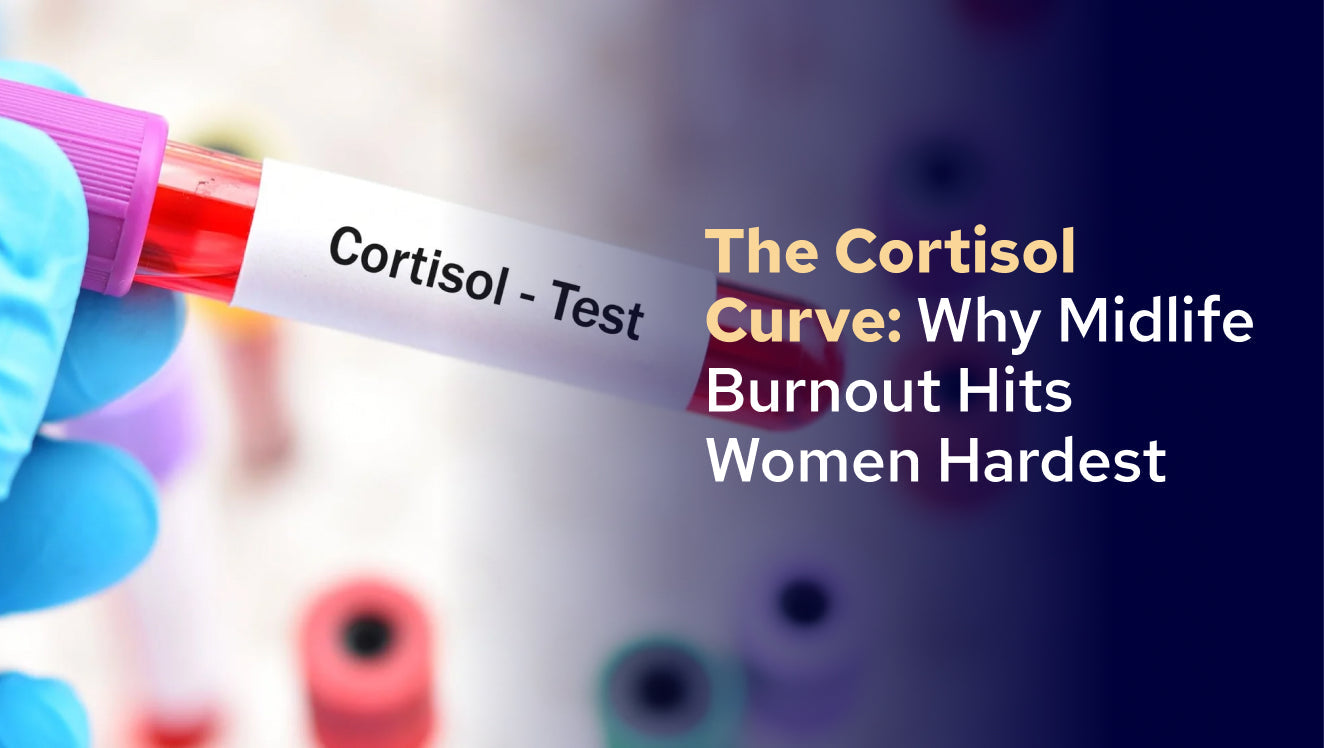


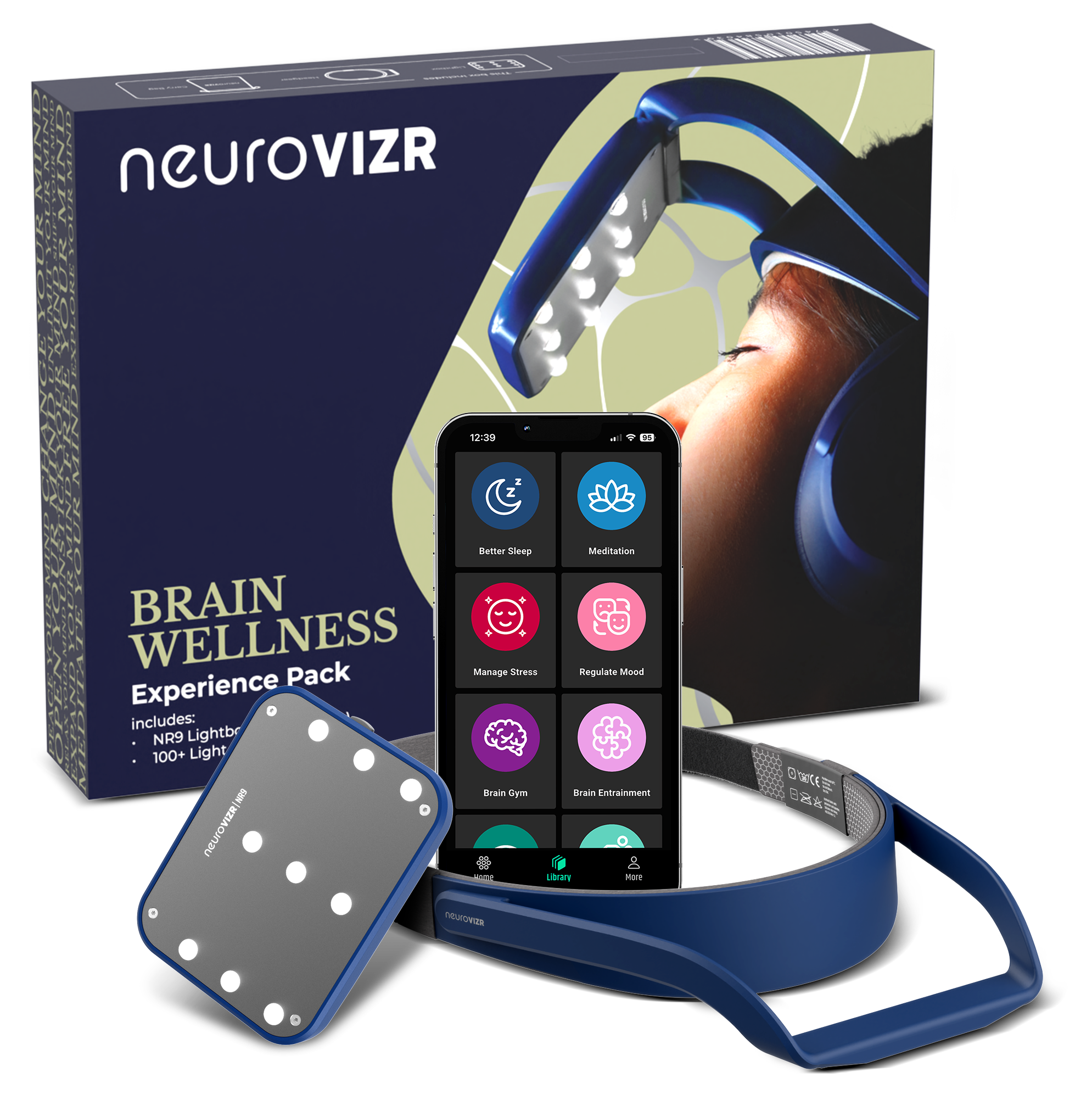

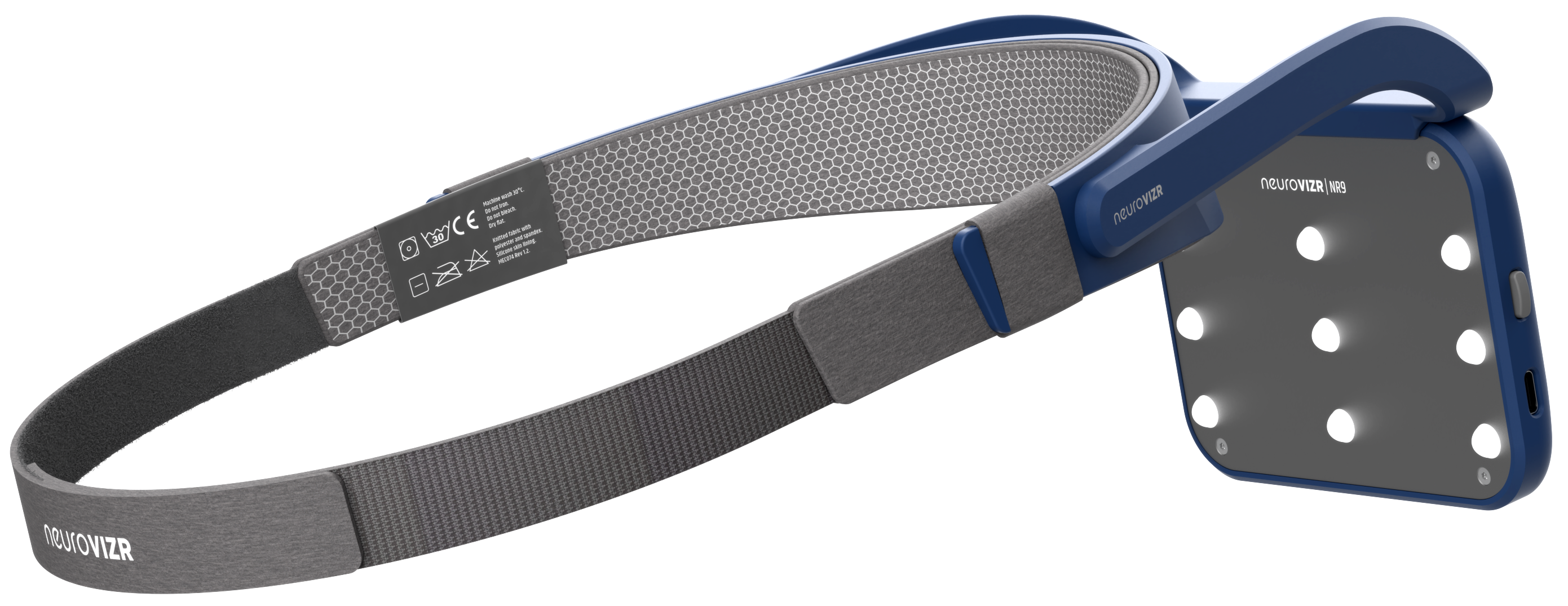
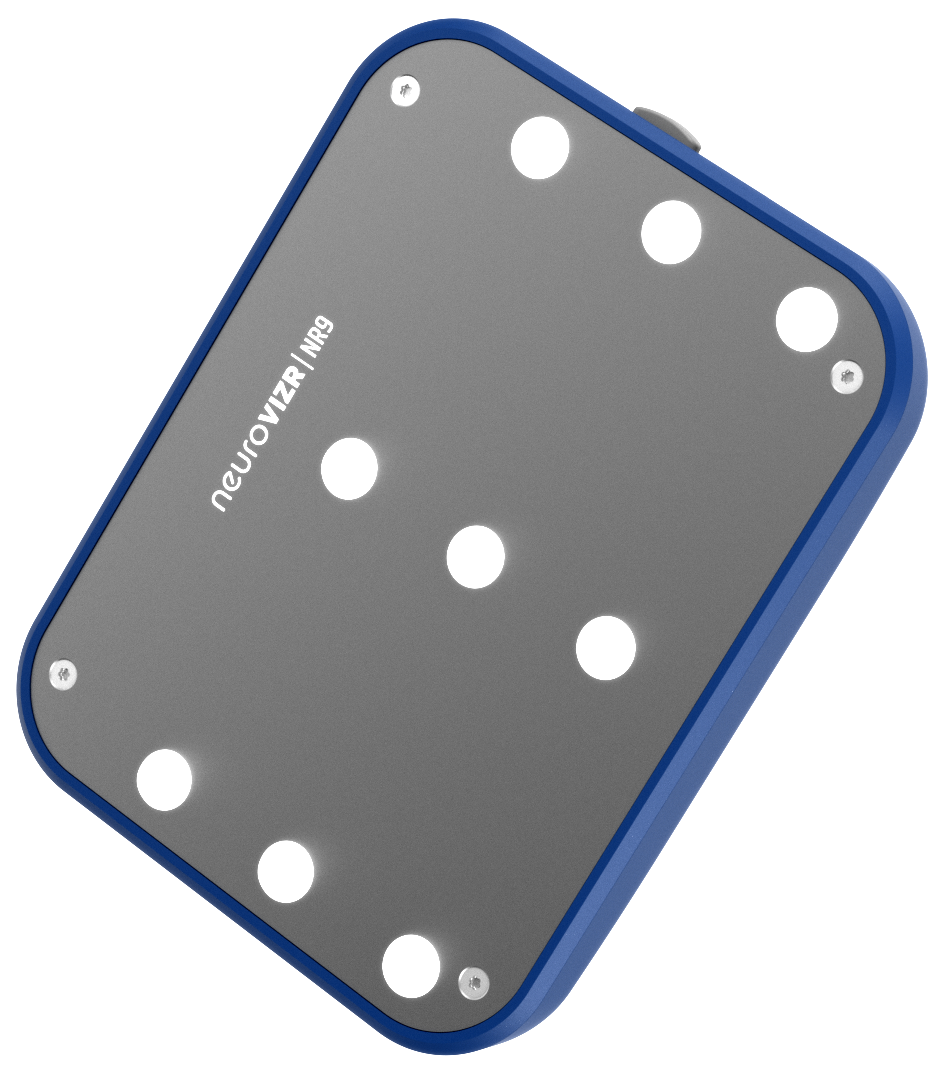

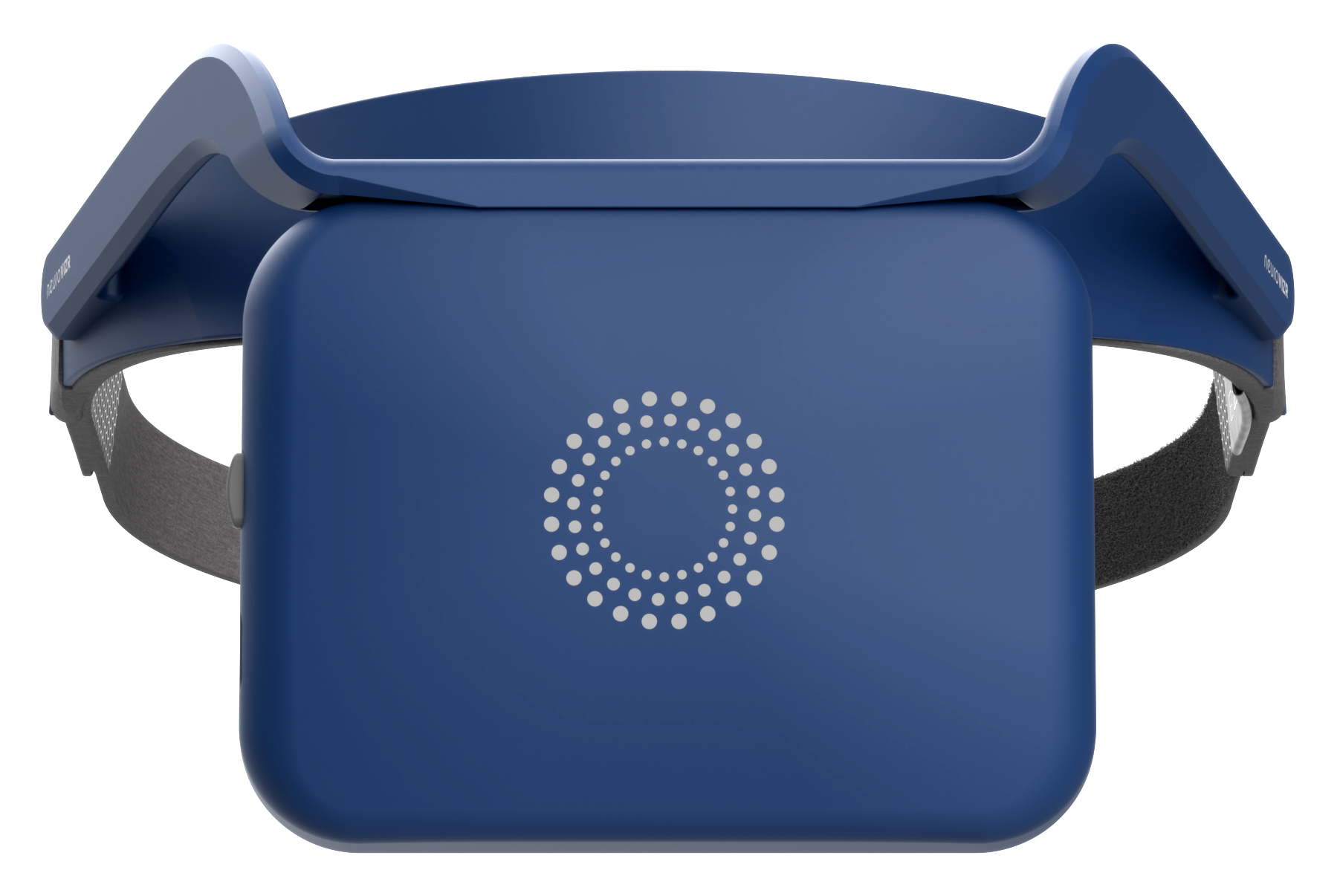


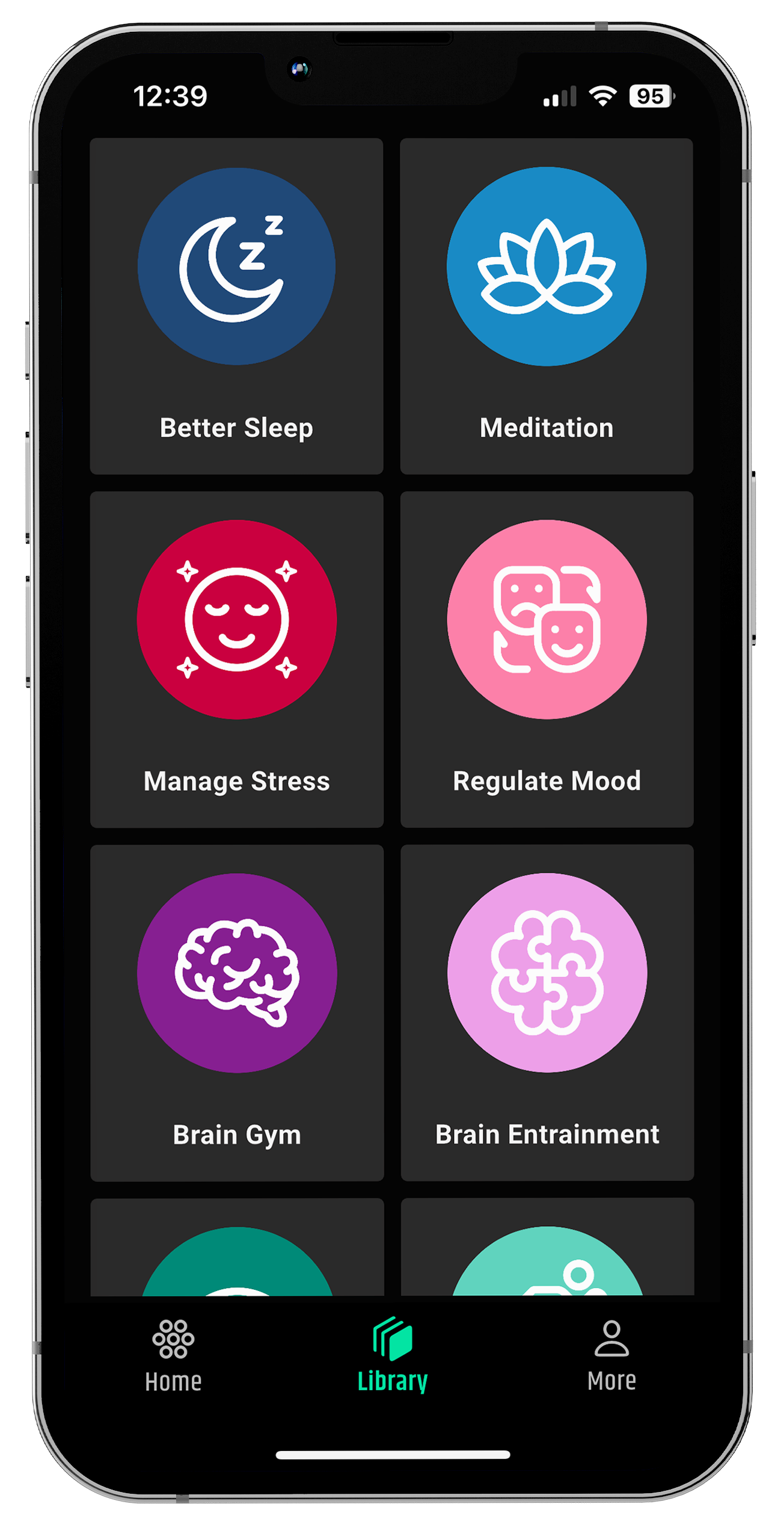
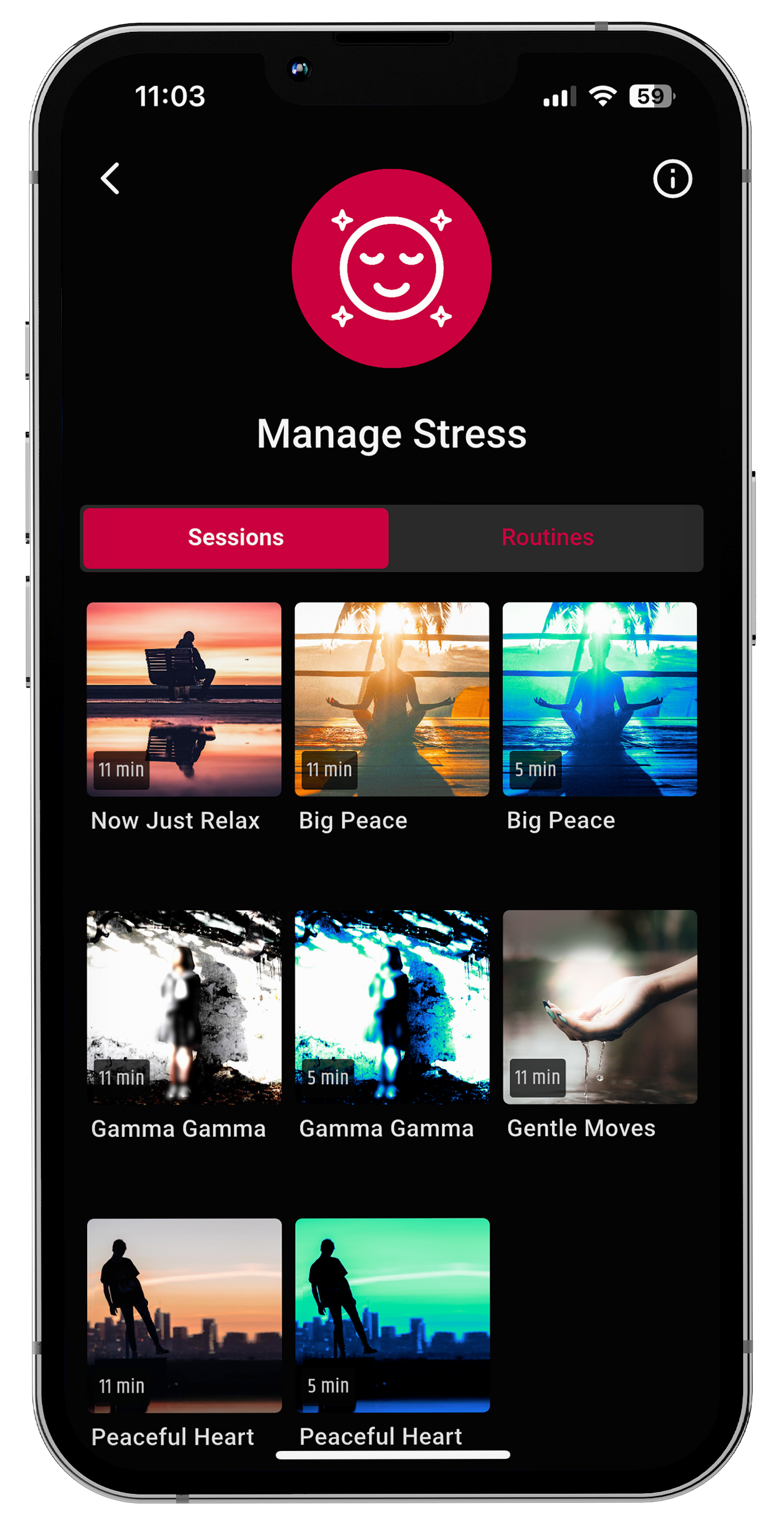
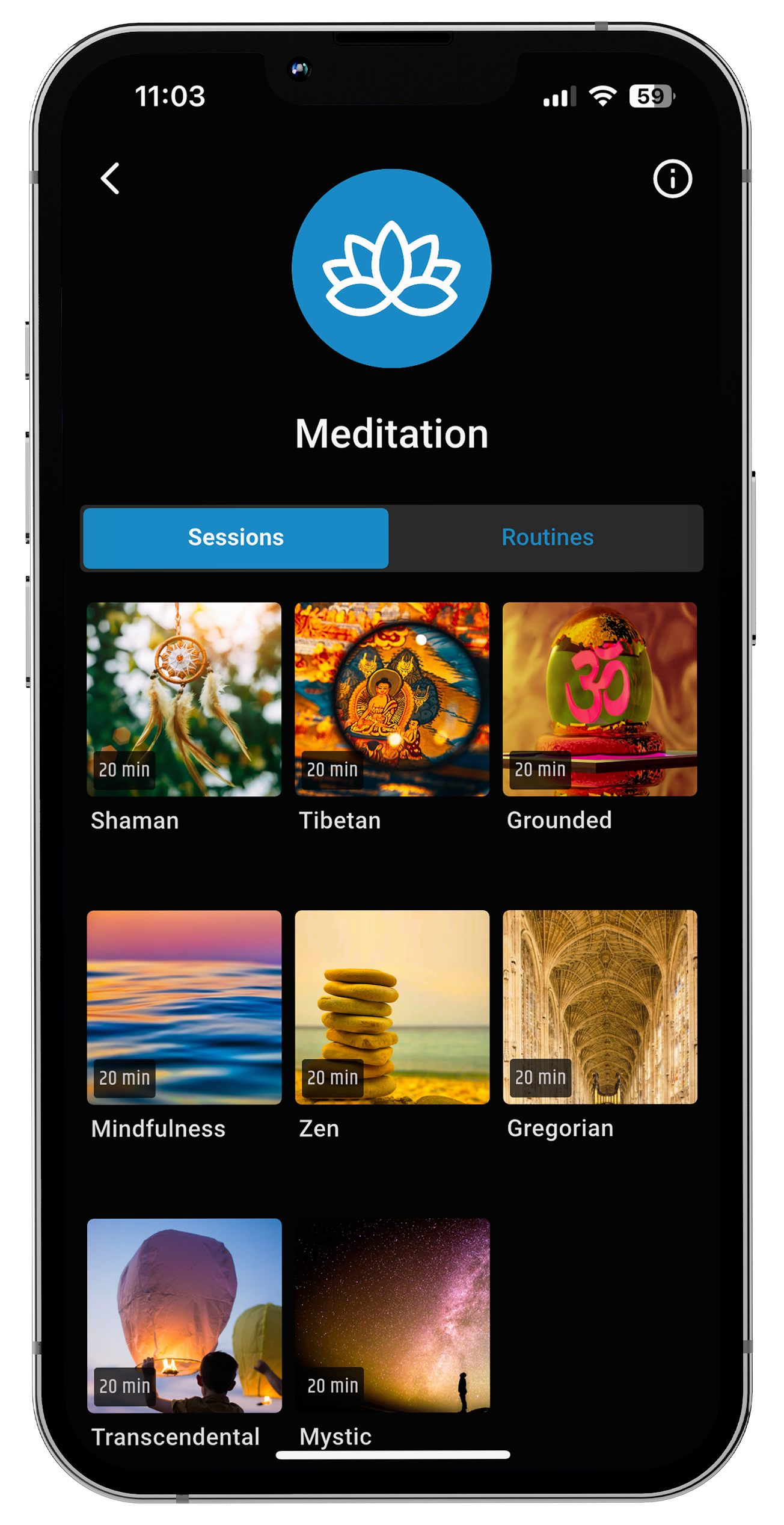
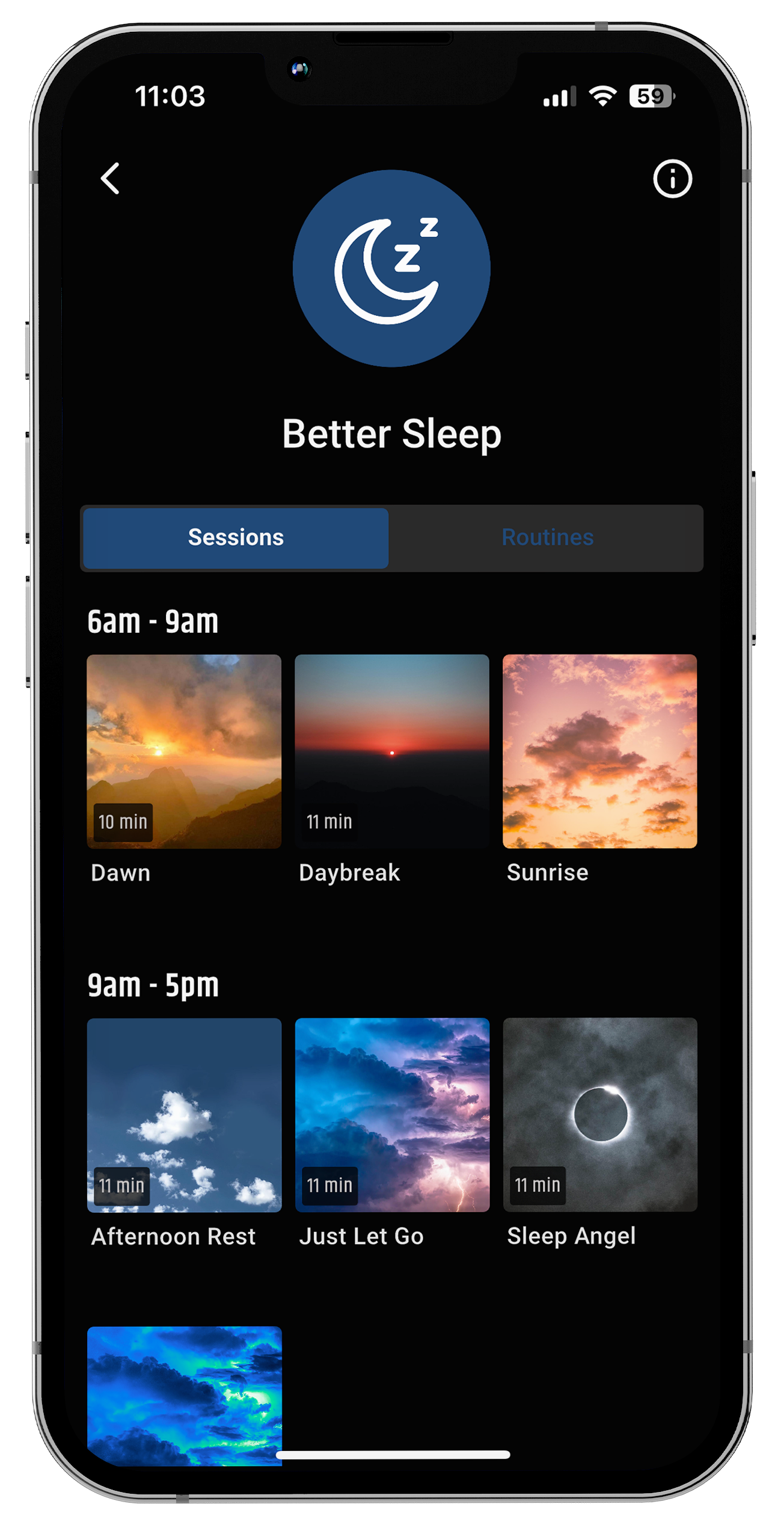
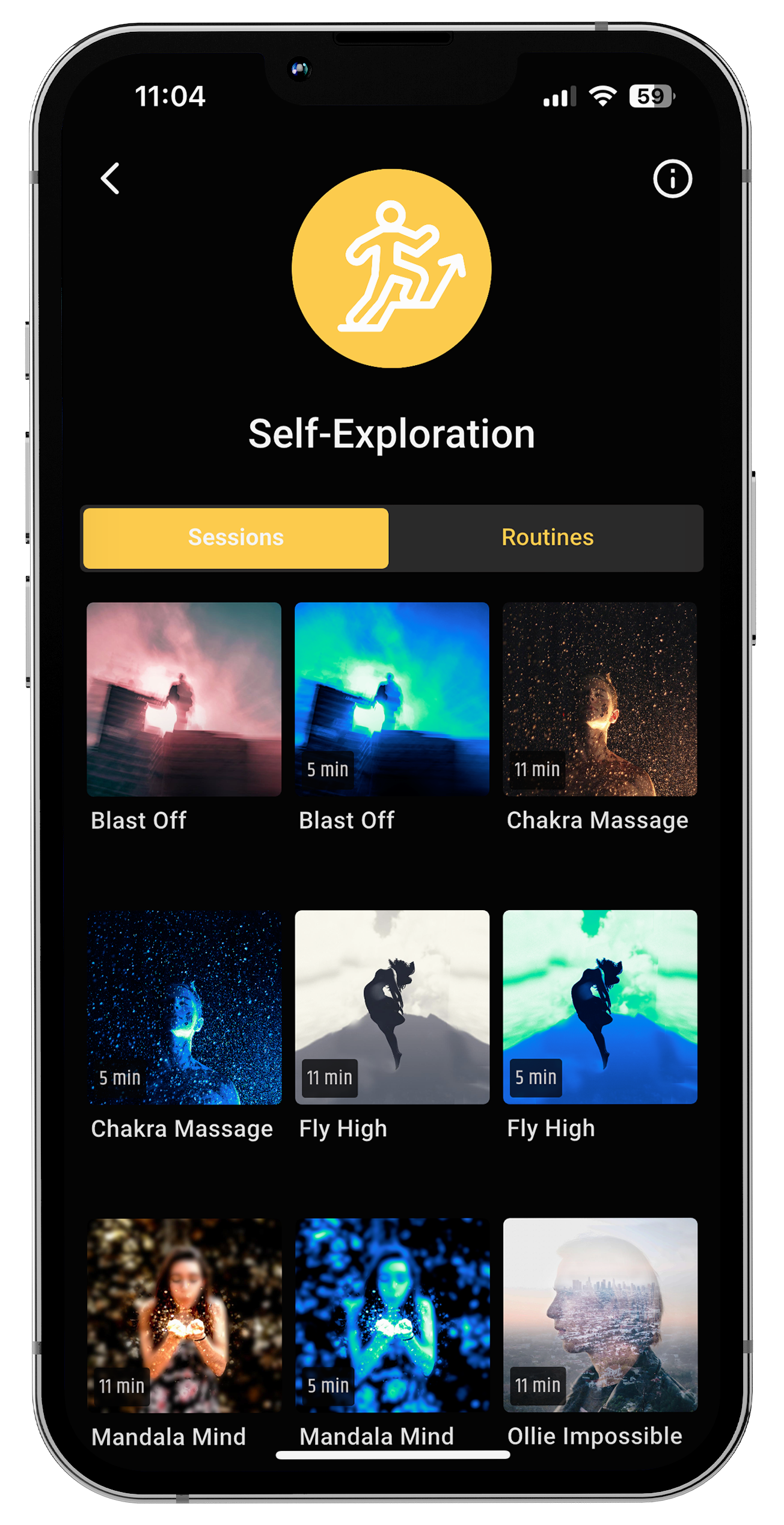








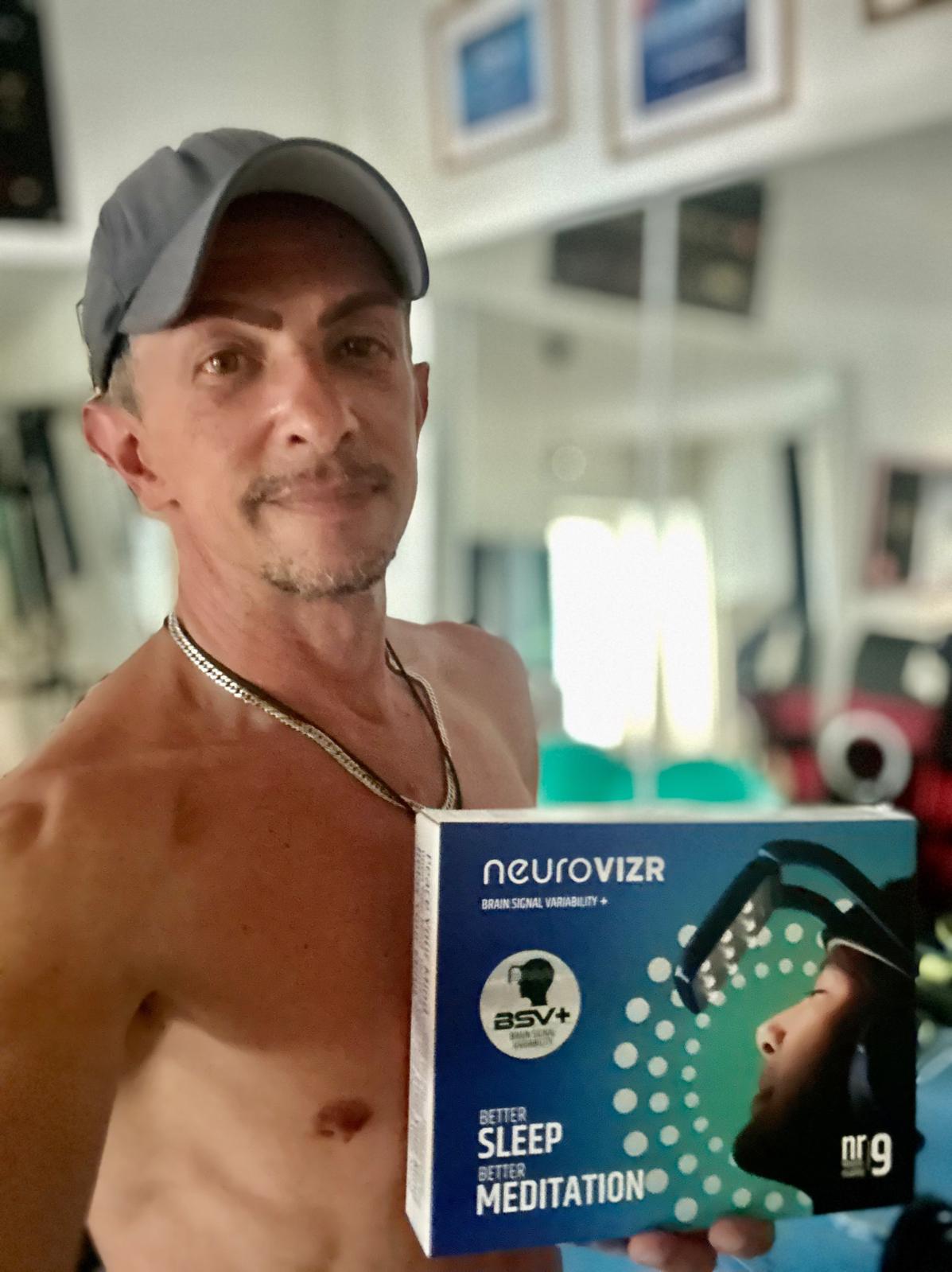
Partager:
Mood, Memory & Motivation: How to Reclaim Your Cognitive Clarity
3 Phases of Burnout - What Happens in Your Brain When